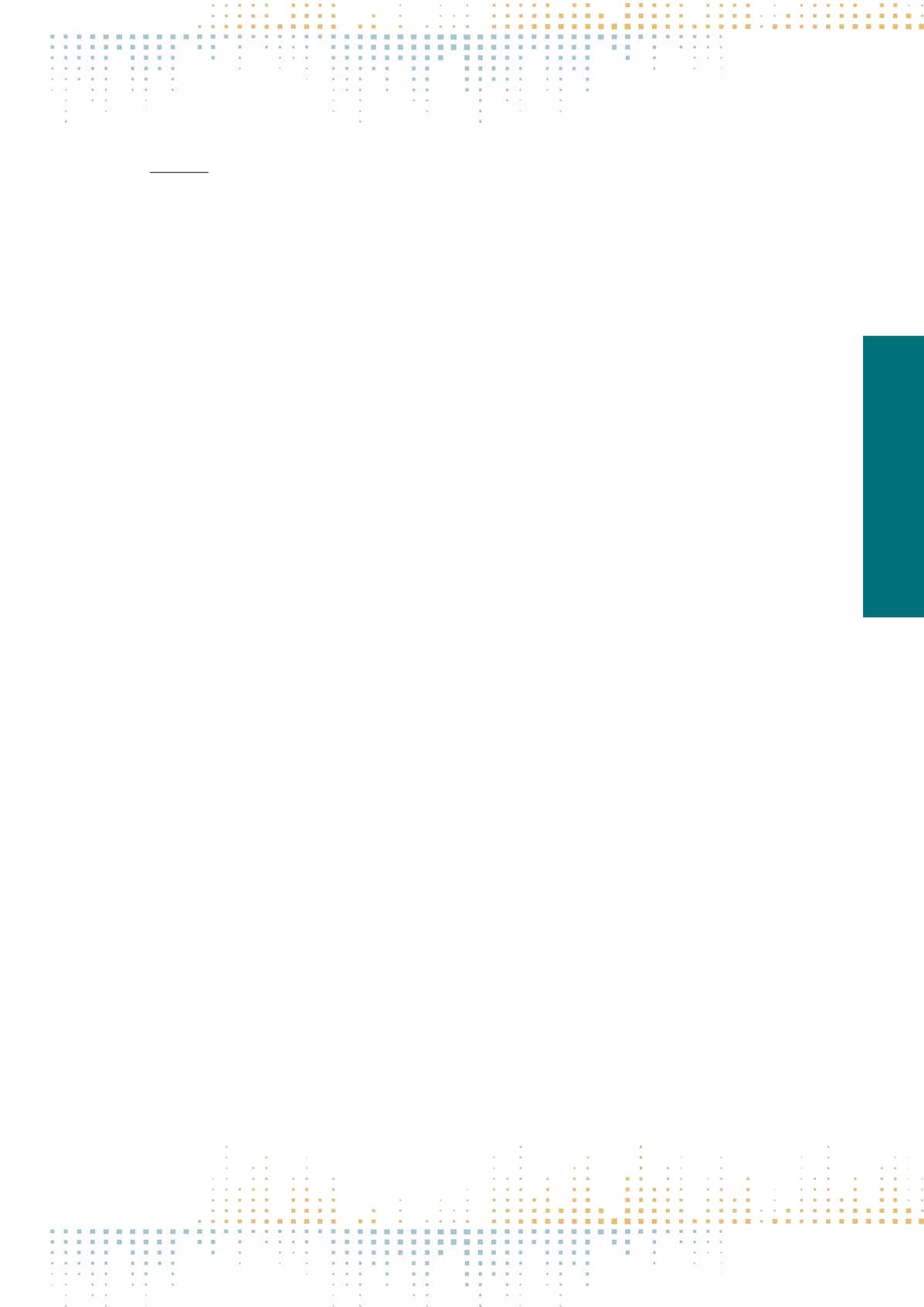

475
Thursday, November 10
0 9 : 0 0 – 1 0 : 3 0
PP 038
Lobbies in the European Union. Regulatory and Institutional Normative
G. Gonçalves
1
, A.E. Castillo
2
1
University of Beira Interior, Communication and Arts, Covilha, Portugal
2
University of Malaga, Malaga, Spain
In general, lobbies seek the spreading of their opinions, the legitimacy to put forward proposals, the monopolization of subjects or themes, and, as specialist
groups, to act as an interlocutor (legitimate) between organizations and the general public. Three main elements contextualize the activities of lobbies:
research for generating ideas and proposals, presentation of concrete and detailed propositions, and the creation of communication strategies directed to
both the public opinion and institutional bodies. Lobbying, as an accepted and legal process, allows the voice of citizen groups, associations, labor unions,
corporations and others to be heard in the political and legislative arena. However, despite being a highly widespread practice at a national level as well as
in the European Union (EU) level, lobbying is still a little-known activity. With this paper we aim to contribute to the understanding of lobbies operating in
the EU sphere through two main approaches to the phenomenon. First, a historical and critical reflection about the evolution of the lobby activity in EU is
presented in order to understand the different layers of legislative and political influence within the EU organizations, and also, the regulatory normative
that have been shaping the lobby activity. Secondly, and based in the analysis of the EU Joint Transparency Register for Interest Representatives - the Eu‑
ropean Parliament and European Commission's voluntary lobby register since 2011– we aim to answer core questions such as what interests are being
pursued and by whom. Adopting a longitudinal content analysis (2011–2016) three research questions were established to guide data collection and
analysis: RQ1. Howmany lobbies are registered in the EU and fromwhich countries?; RQ2. What different kinds of lobbies are registered and which interests
they represent?; RQ3. What are the main social issues that lobbyists defend? On 27/02/2016 there were 9251 registrants in the EU Transparency Register
and its importance in framing EU institutions decisions cannot be underestimated. With this study we expect no only to present a taxonomy of the lobbies
operating in the EU but above all to put in evidence the public interest issues present in the European public sphere. Keywords: lobby, interest group, Euro‑
pean Union, taxonomy, public issues, European public sphere



















